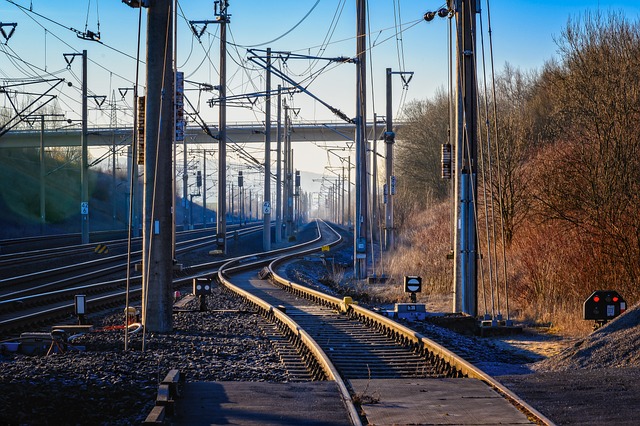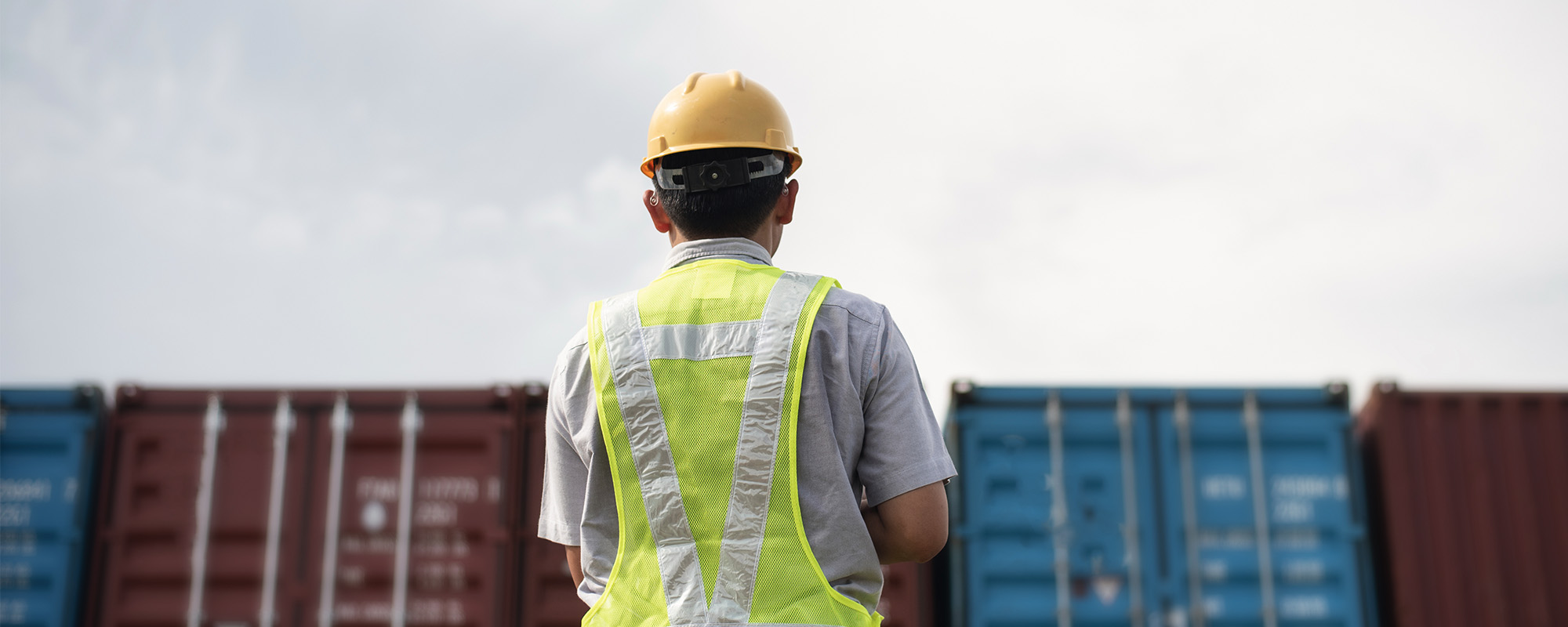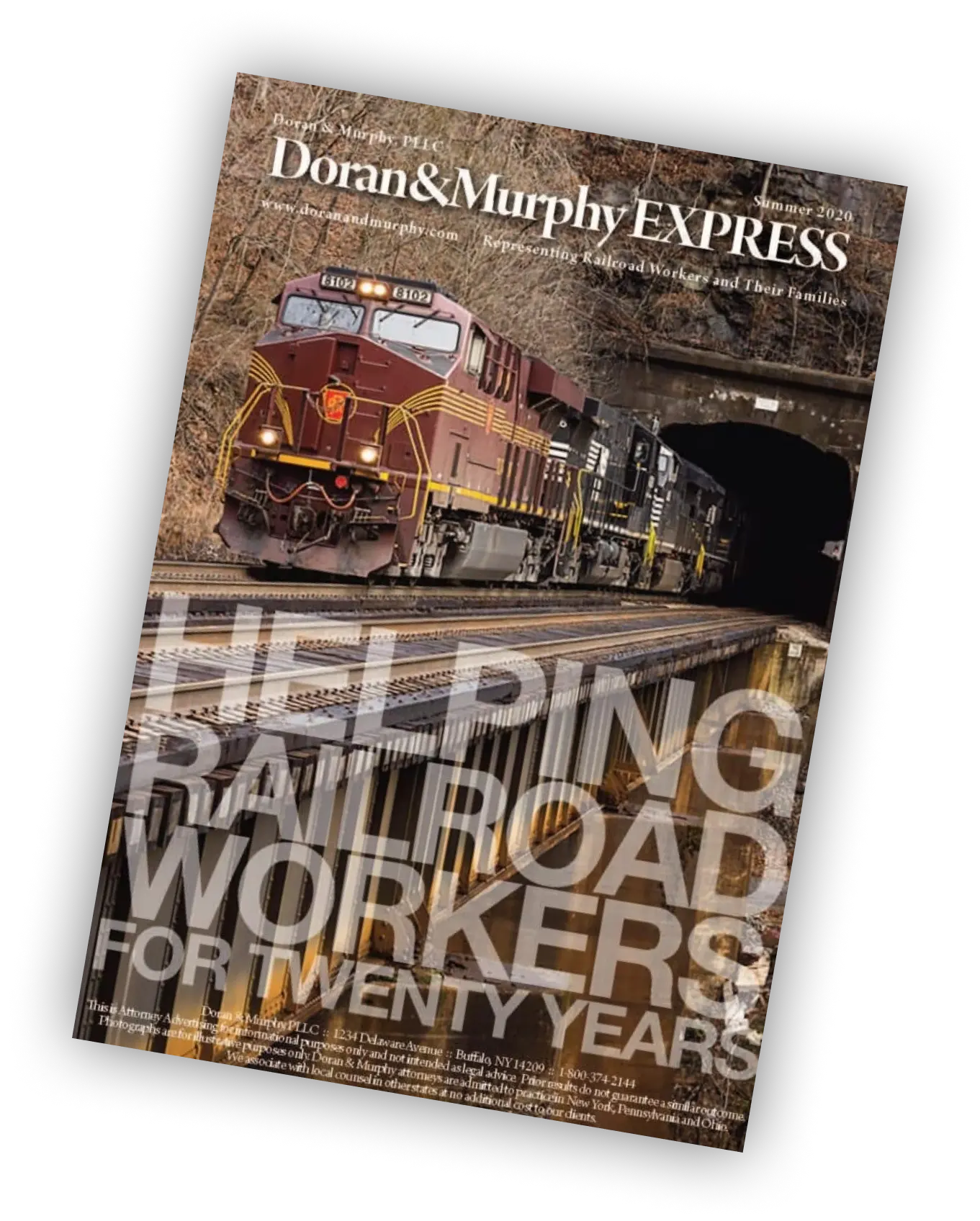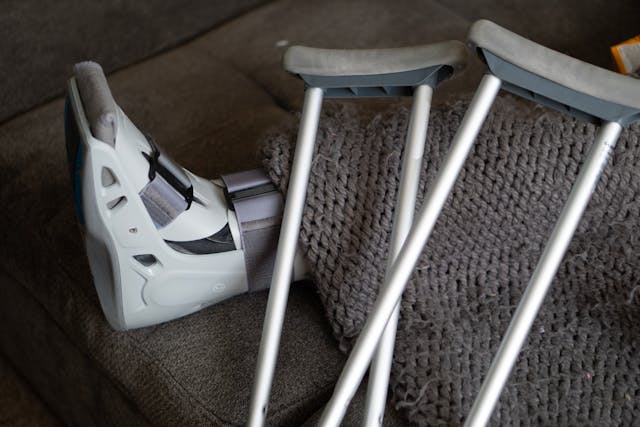
In a recent incident that underscores the real dangers faced by railroad employees, a Norfolk Southern conductor was seriously injured while performing a routine coupling task at the Lambert’s Point Yard in Norfolk, Virginia. The National Transportation Safety Board (NTSB) has now released its final report, and the findings are troubling—but, unfortunately, not surprising to those of us who represent injured rail workers.
What Happened?
On August 27, 2024, during a nighttime shift, a conductor was helping couple two coal cars that had been previously rolled into place by gravity. When he called for a stop to secure the cars—standard “three-step protection”—one of the railcars unexpectedly rolled backward and crushed him between the equipment.
The result? Serious, life-changing injuries—and a stark reminder of how small oversights and outdated safety protocols can lead to catastrophic consequences.
NTSB’s Investigation: Alarming Findings
The NTSB’s investigation revealed several key factors:
- Defective Equipment: The railcar’s coupler was missing a vital pin and had a broken locking mechanism, likely caused when the car was previously flipped during unloading. Mechanical inspections failed to catch the defect.
- Unsecured Rolling Stock: Norfolk Southern’s operating rules did not require hand brakes or other safety measures to secure free-rolling cars on sloped tracks.
- Lack of Visibility: The incident occurred at night, with the conductor relying only on a flashlight—making it difficult to notice the subtle but dangerous movement of the railcars.
The NTSB concluded the conductor was injured after he was caught between cars that weren’t properly secured. In other words, the system failed him.
A Preventable Injury—If Proper Safety Rules Were in Place
What’s most troubling is that this was preventable.
The current operating rules allowed railcars to be placed on a slight downgrade without requiring hand brakes or wheel chocks. When the conductor believed the cars were stopped, he stepped between them—only to be hit when one unexpectedly rolled.
Norfolk Southern responded by increasing crew separation distances, requiring visual confirmation of a car’s stop, and mandating hand brakes if there’s any movement. But why did it take a devastating injury for these changes to be made?
Legal Insight: Railroad Workers Don’t Assume the Risks of Their Employment
As a law firm that focuses on FELA claims, we’ve seen this pattern before. Injured railroaders are often told they made a mistake or should have been more cautious—but it’s the employer’s duty to ensure the work environment is safe.
Under FELA, railroad workers have the right to pursue compensation for injuries caused by unsafe working conditions, defective equipment, or failure to enforce proper safety protocols. This case is a textbook example of how negligence—both in inspection and procedure—can lead to devastating outcomes.
What You Should Know
- If you’ve been hurt on the job, you don’t have to prove your injury wasn’t your fault. FELA allows recovery if the railroad was even partially negligent.
- Your employer must inspect and maintain equipment to ensure it’s safe for use.
- Be sure to report and document dangerous conditions in the workplace.
Injured? Know Your Rights.
If you or a loved one has been injured while working for a railroad company, contact Doran & Murphy today. Our FELA attorneys have years of experience standing up to railroad companies and helping injured workers recover lost wages, medical expenses, and compensation for pain and suffering.





